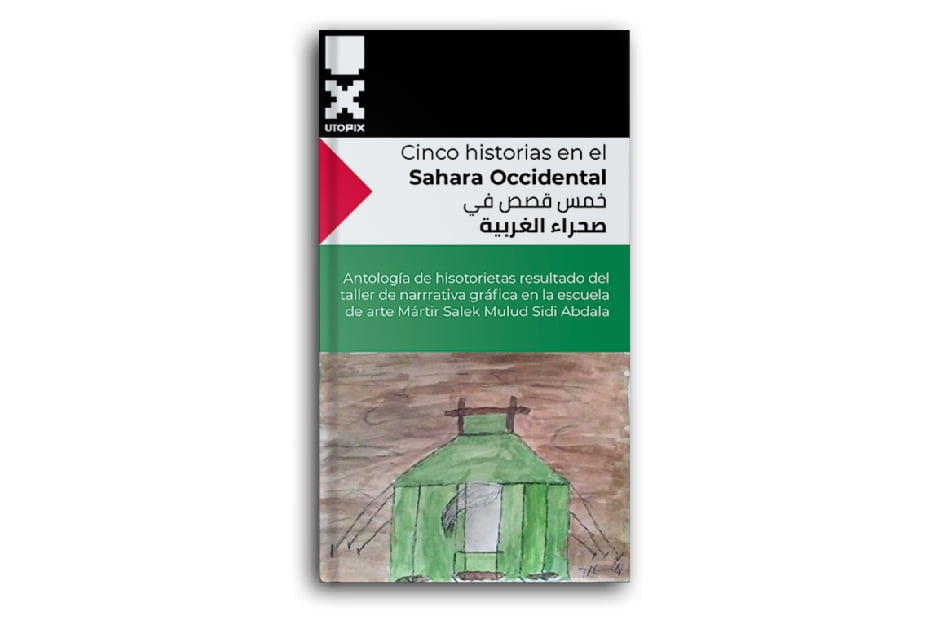
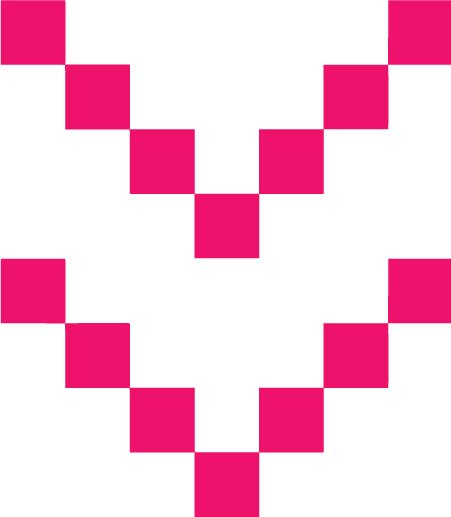
Between February 16th and March 14th, 2020, we were in the Sahrawi refugee camps, located in the Tindouf region, Algeria. During this time, we organized a range activities, as part of the Venezuelan Solidarity Brigade alongside the Sahrawi people. This work was part of a of cooperation initiative involving Venezuelan social organizations (Utopix, Plataforma Socialista Golpe de Timón and Fundación Sáhara Libre Venezuela), and the vice-ministry for Africa of the Ministry of Popular Power for Foreign Affairs of the Bolivarian Republic of Venezuela.
Brief introduction to the Western Sahara Conflict
The Sahrawi people currently live under a complex occupation of their territory by foreign (Moroccan) military forces. It’s one of the most serious and silenced conflicts in the world.

F. del Río Joan, Atlas icono-geográfico estadístico del África Occidental Española, 1915.
The conflict goes back to the 1884-85 Berlin Conference, when the European powers divided the African territories and Spain assumed the imperialist role of taking over the resources of the Western Sahara and tried to impose the modern nation state scheme on the nomadic Bidan people. The Bidan lived their lives in haimas (tents), as cloud shepherds, and with their dromedaries they crossed the desert that had no frontiers. Any traveler was welcomed to drink tea.
The Moroccan occupation started in 1985. Morocco, alongside Mauritania, started this invasion following the Madrid Accords whereby Spain’s withdrawal as occupying force of the territory was negotiated in exchange for a quota of the natural resources of Western Sahara.

The green march was the Moroccan invasion of the Western Sahara. It started on November 6, 1975.
The Sahrawi people were forcefully displaced and the war began. Mauritania quickly retired from the conflict, but Morocco stayed and in 1980 it started – with Israeli, French and American collaboration – the construction of an approximately 2720 kilometers length wall. This enormous wall extends from the south of Morocco to the south western end of the Western Sahara and it is considered by some international analysts as the “biggest operational military obstacle in the world”.

Areal view of the Bern, image by Remove the wall
This wall divides the Western Sahara, occupied by Morocco, from the liberated territories under the control of the Sahrawi Arab Democratic Republic (ADSR). Due this conflict, a large portion of the Sahrawi people have lived in the refugee camps located in Tindouf, Argel, for more than 44 years.
The Venezuelan Solidarity Brigade alongside the Sahrawi people
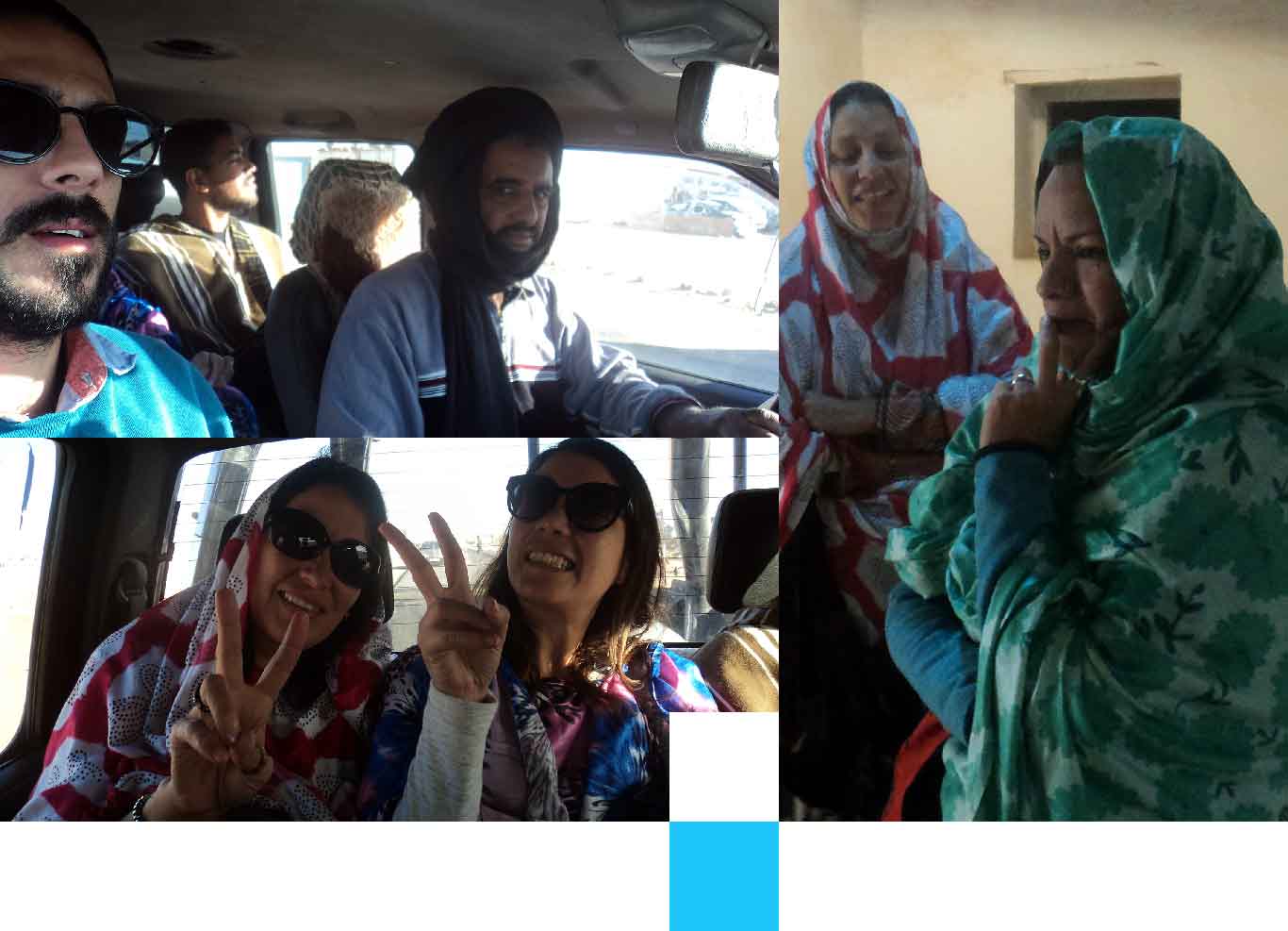
The objective of our brigade was getting closer to the Sahrawi people’s cause from its territory, offering our support through the direct relation between organizations of both countries. This goal included work in political training, education, sports, visual communication and cooperation.
We stayed in Bojadour, one of the five wilayas in which the camps are divided. Once there, we took over different education tasks in the School of Audiovisual Formation Abidin Kaid Saleh, the Art School Martyr Salek Mulud Sidi Abdala and the National Sahrawi Women’s Union (NSWU). We also attended meetings with the UJSARIO (Sahrawi youth organization), did interviews and participated in other activities.
The work of the brigade went beyond of the Bojadour wilaya. With our activities, we had the chance to support initiatives in the areas of education, sport, communication, politics and cooperation.

In education we organized initiatives planned with the Ministry of Education of the SADR, in addition to delivering donations and visiting schools in the refugee camps and the liberated territories. In the sports area, we took in the 10km part of Sahara Marathon 2020. In communication, alongside different institutions and organizations, we gave workshops, created dynamical processes and consultancies in visual communication, graphic narrative, graphic design, film-making, social media and digital media. And in politics and cooperation, we had the chance to participate in the celebration of the anniversary of the creation of the SADR on February 27th. We also worked in formative processes with the UJSARIO, participated and gave logistical support in the International Youth Forum in Solidarity with the Western Sahara and offered advice and creative work to the SADR Ministry of Cooperation.
Utopix in the camps
Our participation as Utopix was focused, but not limited to the field of visual communications. Before leaving Venezuela we planned what we thought we could do, but that plan, of course, had to be adapted to the reality of the camps once we were in the territory.

Meeting in the Bubisher Library of Bojadour with the UJSARIO. Photo: Mahyub Mohamed
In the camps we had the chance to understand the situation up close and talk to different people, institutions and organizations. Always present was the idea of finding the way to make useful contributions to the Sahrawi cause. Next, we’ll present some of these contributions:
Introduction to Graphic Narrative Workshop
This was the longest activity carried out during our stay in the camps. We worked together with the teacher and the students of the drawing class of the Martyr Salek Mulud Sidi Abdallah Art Schoolduring eight sessions.
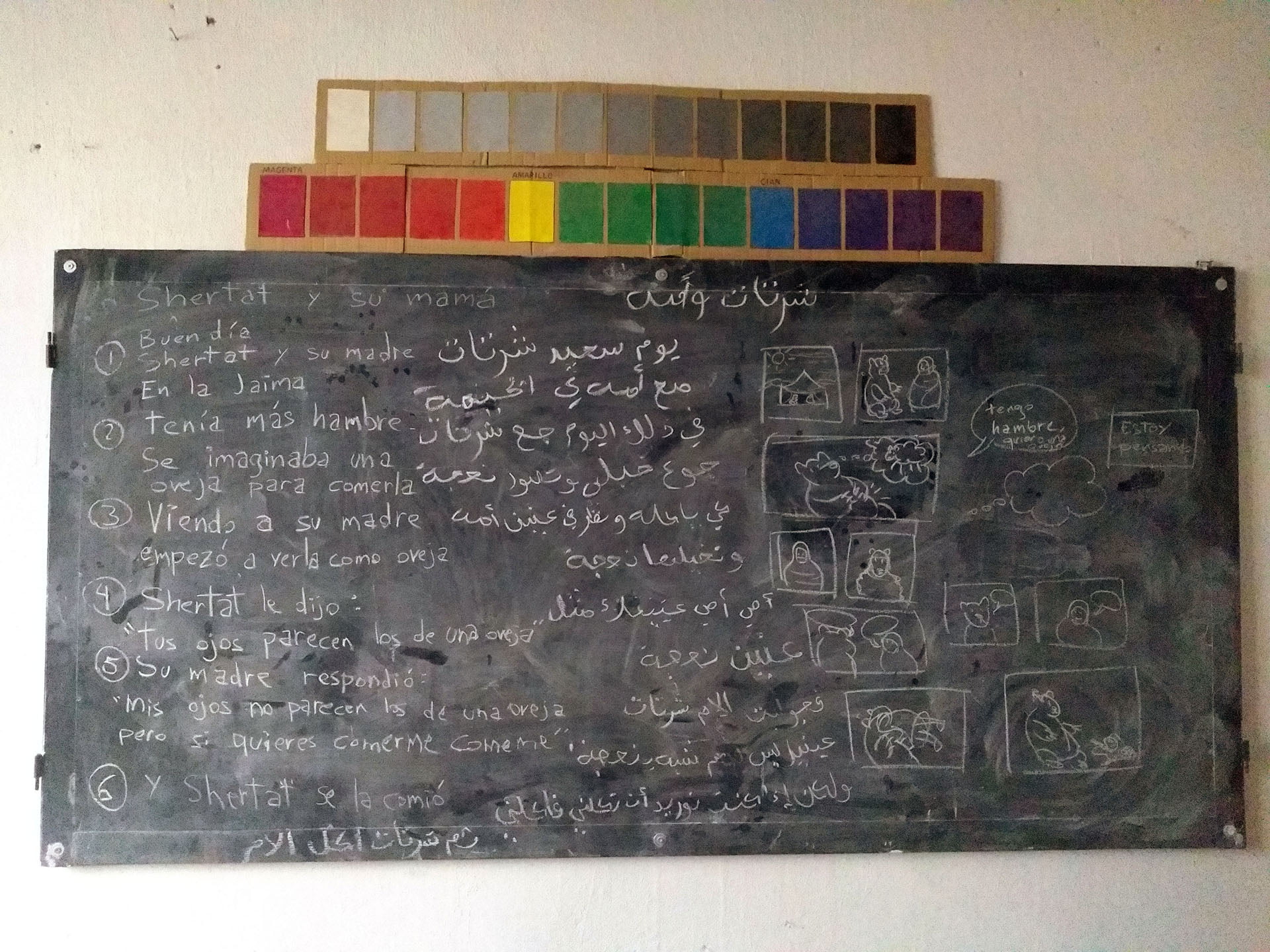
In the workshop we had the chance to set up a formative route for the creation of graphic narrative pieces, from drawing, composition, and narrative. This approach allowed us to introduce the participants to this medium and allowed for the production of a series of short stories told graphically.
If you wish, you can download Five stories in Western Sahara (also in English), a publication that gathers the work of the Martyr Salek Mulud Sidi Abdallah Art School drawing students that took part of the workshop.
Graphic design in digital media workshop for organizations
In the Abidin Kaid Saleh School of Audiovisual Formation, we were guiding the formative process in graphic design together with its students and members of the UJSARIO. The workshop adapted to work with smartphones as we noticed that the majority of Sahrawi youth has more access to this technology than to personal computers.

We used mobile apps in the practical sessions, while we shared basic notions of graphic design, visual communication and how to apply them to digital media.
Here you can see a gallery with the work of the participants of the workshop where they tackled different themes according to their interest.
Research for the infographic on the ‘Wall of Shame’

As we mentioned in the Brief introduction to the Western Sahara conflict, one of the most silenced and tragic elements in the Wester Sahara conflict it’s the “Wall of Shame”, also know as the Bern, the “wall of death” or the Moroccan wall. Utopix made a brief research about the subject, interviewed different people, among them Brahim Chagaf, film-maker and member of the platform Screams against the Moroccan wall, and we visited the Military Museum of the SADR.
Work session with the National Sahrawi Women’s Union
One of the most important organizations of the SADR is the National Sahrawi Women’s Union (NSWU). From the forced displacement to the refugee camps, the NSWU, and women in general, have played a fundamental role in the organization and survival of society. To this day, they are the ones that keep working for the common welfare of society.

In this work session we went over the renovation process of their website, we defined a broadcasting strategy and the organization of the NSWU social media, we discussed the website goals and set up a structure and writing plan for the site contents.
The Sahrawi cause, a permanent task
As long as the occupation of the territory of Western Sahara remains, all those who struggle for a world of justice and solidarity have a duty to contribute to the Sahrawi cause. Whatever path these proud people decide to embrace to achive freedom and self-determination, it is imperative to support them. We hope that with our humble work we can contribute to a future in which the Western Sahara returns to its legitimate people.
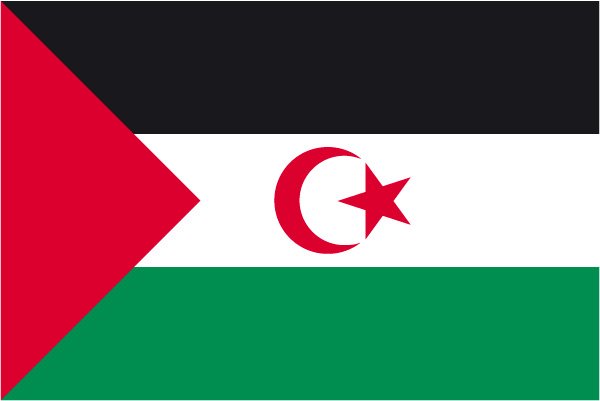
Free Western Sahara!
Text: César Mosquera Proofreading: Ricardo Vaz
